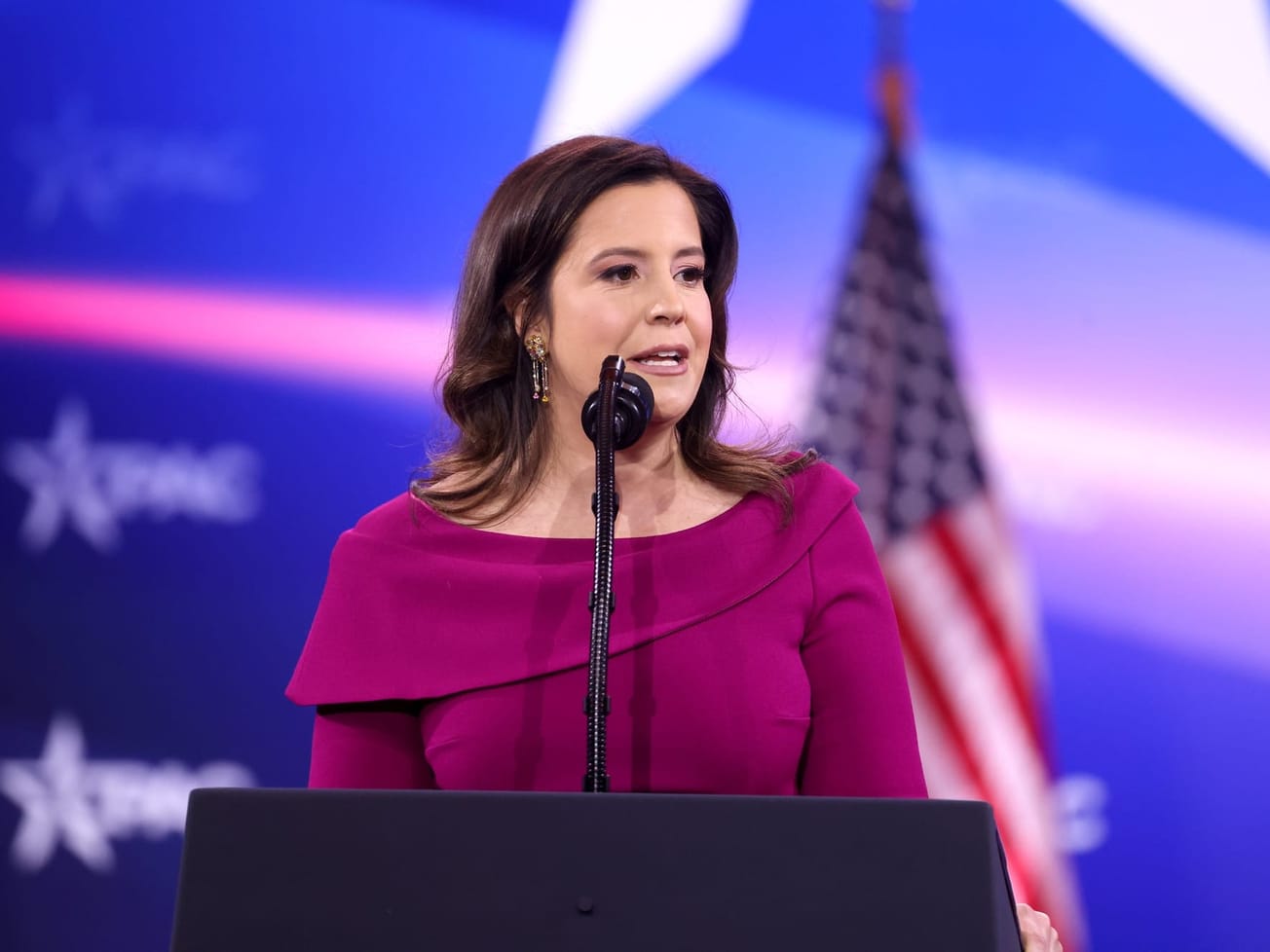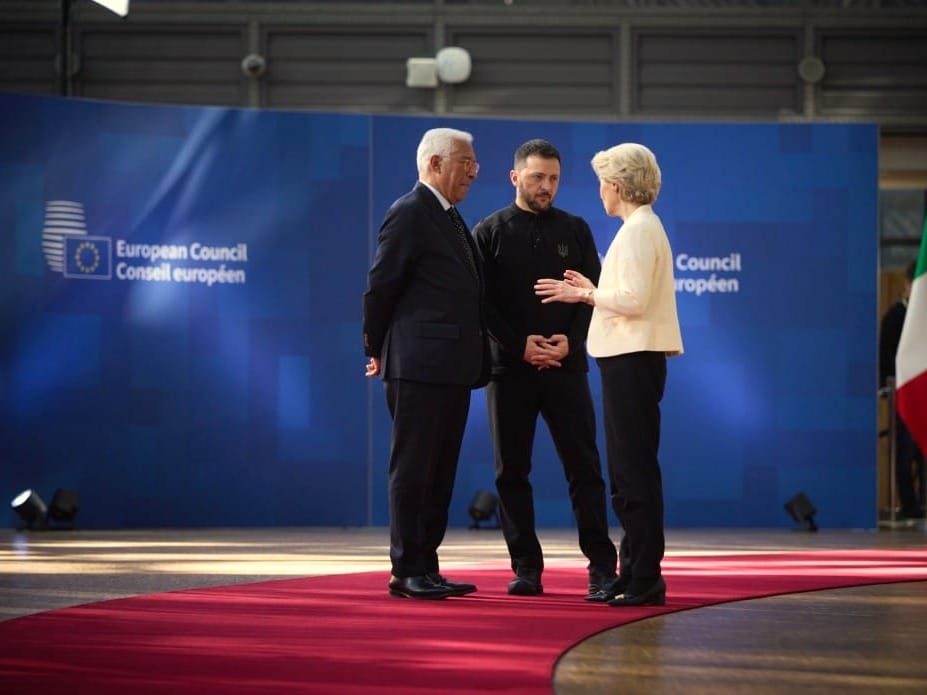UNITED NATIONS (AN) — The U.N.'s counterterrorism chief launched a new project on Friday taking on the threat posed by links between terror groups, organized crime and trafficking in illicit small arms that are cheap and easily accessible.
Small arms are becoming the “weapon of choice” for many terrorist groups, said Vladimir Ivanovich Voronkov, a Russian historian-turned-diplomat who now serves as the U.N. undersecretary-general for counterterrorism. Illicit small arms and light weapons trafficking are a serious threat to international peace and security, he said, and hinder sustainable development and the rule of law.









